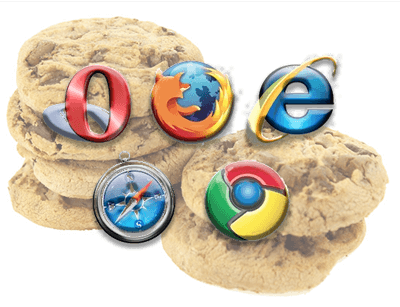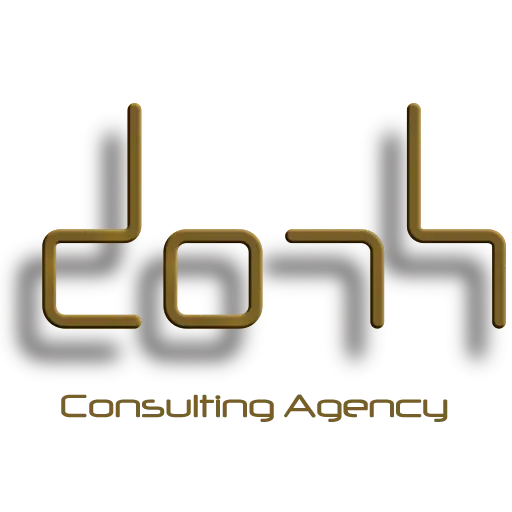Programmatic Advertising and the Cookieless Future
When Are Third-Party Cookies Going Away?
 Mastering the constant evolution of advertising is a contest for warriors. Marketers must develop content and campaigns on an increasing array of digital and Out-of-Home Advertising (OOH) channels. Just when publishers mastered multiple device form factors down to the size of a wristwatch, upcoming omnichannel marketing realities are set to be even more disruptive.
Mastering the constant evolution of advertising is a contest for warriors. Marketers must develop content and campaigns on an increasing array of digital and Out-of-Home Advertising (OOH) channels. Just when publishers mastered multiple device form factors down to the size of a wristwatch, upcoming omnichannel marketing realities are set to be even more disruptive.
Google’s intention to drop third-party cookie support is predicted to greatly affect programmatic advertising. Specifically, audience behavior visibility beyond advertiser websites is predicted to be limited at best. But some industry observers claim “the Cookiepocalypse” is good news for advertisers, with innovations in programmatic advertising being one answer.
While programmatic advertising has long been challenged with bot fraud, there are mature technologies that resolve it. For example, DoubleVerify has a solution that identifies fraud and classes of invalid traffic that cause ad fraud. Sophisticated Invalid Traffic or SIVT includes Adware, Malware, compromised device viruses, bots programmed to behave like human users and other false data manipulations.1There is also General Invalid Traffic or GIVT that includes known and expected traffic sources such as traffic from pre-fetch browser functions, user-based filters, traffic from data centers and spiders and other standard website crawlers. Such traffic is not included in analysis of ad fraud. Today ads require authentication to eliminate fraud, SIVT and impression waste to allow marketers to purchase verified ad inventory.
Will programmatic ad inventory quality suffer as third-party cookie use declines? While participants debate answers, privacy-friendly technologies are not only already in use, many are arguably better at providing insights into un- and underserved markets for many advertisers.
Just as in every seismic industry shift, there will be winners and losers. While other browsers long ago addressed third-party cookie use, Google has set a vague date of ‘end of 2023’ to do so. Notably Google Chrome holds between 58%-72% of the internet browser market share.2Usage share of web browsers – Wikipedia Google also dominates paid search, commanding over 85% of that market’s share.3Search engine market share worldwide 2022 | Statista In a cookieless world, Google will suffer least, yet for some reason Google’s third-party cookie end-of-life continues.
Google Chrome Market Share
- Average Browser Market Share 65%
- Paid Search Market Share 85%
Third-party cookies are invasive but accurate. Direct behavioral attribution doesn’t require the marketer to assume a visitor has a need based on a time or location, or that they’re part of a cohort group – a group of users that defined by specific measurable criteria – that can be targeted for advertising.
Many industry critics are concerned alternatives will require marketers to make assumptions with less-than-precise third-party cookie alternatives. They’re also concerned that funding for free content formerly provided by third-party cookies could increase ad loads. End users would make up the difference by being required to watch more ads.
Contact Us
- We never sell or share email addresses.
- Stays on same page.

